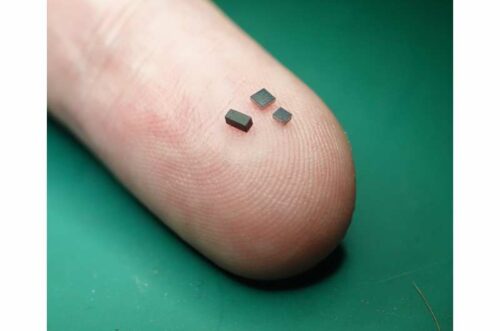Researchers solve the problem of mimicking bug-like flight for microbots by replacing gyroscopes with accelerometers.

We have seen spies using small bugs to trace their targets in movies. These lightweight flying robots could have highly valuable real-world applications, for instance supporting search & rescue missions, inspections of hazardous sites, and even space exploration. Despite their potential, the realization of these robots has so far proved difficult, particularly due to technical issues encountered when trying to stabilize their flight and mimic hovering capabilities like insects.
Researchers at University of Washington have recently developed a flight control and wind sensing system that could help to tackle this challenging robotics problem, finally enabling the stable flight of robots even as small as a gnat. This device is based on the use of accelerometers, a sensor that can measure the acceleration of any moving device, object or body.
Integrating gyroscopes into the device could theoretically help to overcome technical issues associated with the flight of small flying robots, the gyroscopes available today are nowhere near as light or efficient as they would need to be to fly on such light devices. The lightest gyroscope developed to date weighs 15mg, which is 5mg more than the weight of an entire gnat-sized robot.
Accelerometers are not only lighter than gyroscopes but when accompanied by good models of robot dynamics, they can to estimate the in-flight tilt angle of robots. Researchers also included an equally light optic flow sensor, and a tiny microprocessor, to also estimate a robot’s altitude and the strength of the wind.
They tested the robot system in both simulations and real-world experiments using a 30-gram robot and found that it could successfully stabilize its flight, allowing it to replicate the flight dynamics of fruit flies. In the future, they hope that it will be applied and tested on many other flying robots, including lighter robots weighing 10 mg or less.








